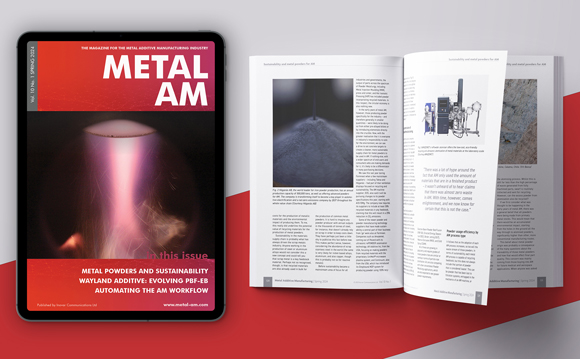New portal allows users to track progress of AM standardisation
October 22, 2019
America Makes, Youngstown, Ohio, USA, and the American National Standards Institute (ANSI), Washington D.C., USA, have released an online, interactive portal which enables its users to track the activity which is underway to address the gaps identified in the Standardization Roadmap for Additive Manufacturing (Version 2.0), as published in June 2018 by the America Makes & ANSI Additive Manufacturing Standardization Collaborative (AMSC).
The portal is accessible to all interested stakeholders and will be updated regularly based on input from AMSC members, particularly standards developing organisations. The portal is comprised of a number of sections corresponding to the sections of the roadmap: design; precursor materials; process control; post-processing; finished material properties; qualification and certification; non-destructive evaluation; and maintenance and repair.
John Wilczynski, America Makes’ Executive Director, stated, “The new online portal will help to make the AMSC roadmap a ‘living document’ that keeps Additive Manufacturing stakeholders informed on the latest standards development activities.”
“ANSI is always looking for ways to deliver added value to the community, and the AMSC portal provides users an easy way to check on the status of work to develop Additive Manufacturing standards,” added S Joe Bhatia, ANSI President & CEO.
The AMSC itself does not develop standards but helps to drive coordinated AM standards development activity. It was launched in 2016 as a cross-sector coordinating body whose purpose is to accelerate the development of industry-wide AM standards and specifications consistent with stakeholder needs, supported by input from standards developing organisations engaged in various aspects of AM.
With contributions from more than 300 individuals from 175 public- and private-sector organisations, the Standardization Roadmap for Additive Manufacturing identifies published standards, those being developed and those that are needed. The document describes ninety-three gaps where no published standard or specification currently exists to respond to a particular industry need. Many of these gaps also identify additional pre-standardisation research and development (R&D) needs.
















